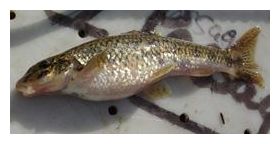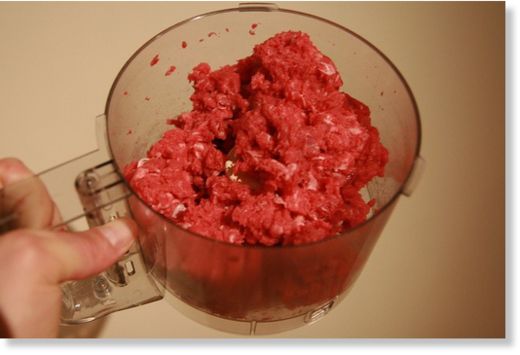
© D. GonseauGudgeon downstream of a wastewater-processing plant had swollen abdomens and other abnormalities.
Consumers who flush unwanted contraceptives down the drain have long been blamed for giving fish more than their fair share of sex organs. Drugs excreted by patients can also taint rivers, even after passing through wastewater-processing facilities.
But evidence is accumulating that the effluent coming from pharmaceutical factories could also be carrying drugs into rivers. Many ecotoxicologists had assumed that water-quality standards, along with companies' desire to avoid wasting valuable pharmaceuticals, would minimize the extent of bioactive compounds released by factories into wastewater, and ultimately into rivers.
A string of studies suggest otherwise. In 2009, for example, researchers
1,2 reported very high levels of pharmaceutical ingredients in treated effluent coming from a plant that processes wastewater from factories near Hyderabad, India. The following year, a similar discovery was made at two wastewater-treatment plants in New York, both of which received discharges from drug-production plants.
3Now, researchers have provided the first evidence of similar problems in Europe,
4 and have linked it to sex disruption in wild fish populations found in the Dore River in France. "People thought this could not happen in a country that has high environmental standards and good manufacturing practices," says Patrick Phillips, head of the National Water-Quality Assessment Program at the US Geological Survey in Troy, New York, and lead author of the US study. "The evidence from the United States and now from France shows that this is not the case."


Comment: For more information about toxins in the body and their negative effects on human health read Detoxify or Die By Sherry A. Rogers, M.D.: